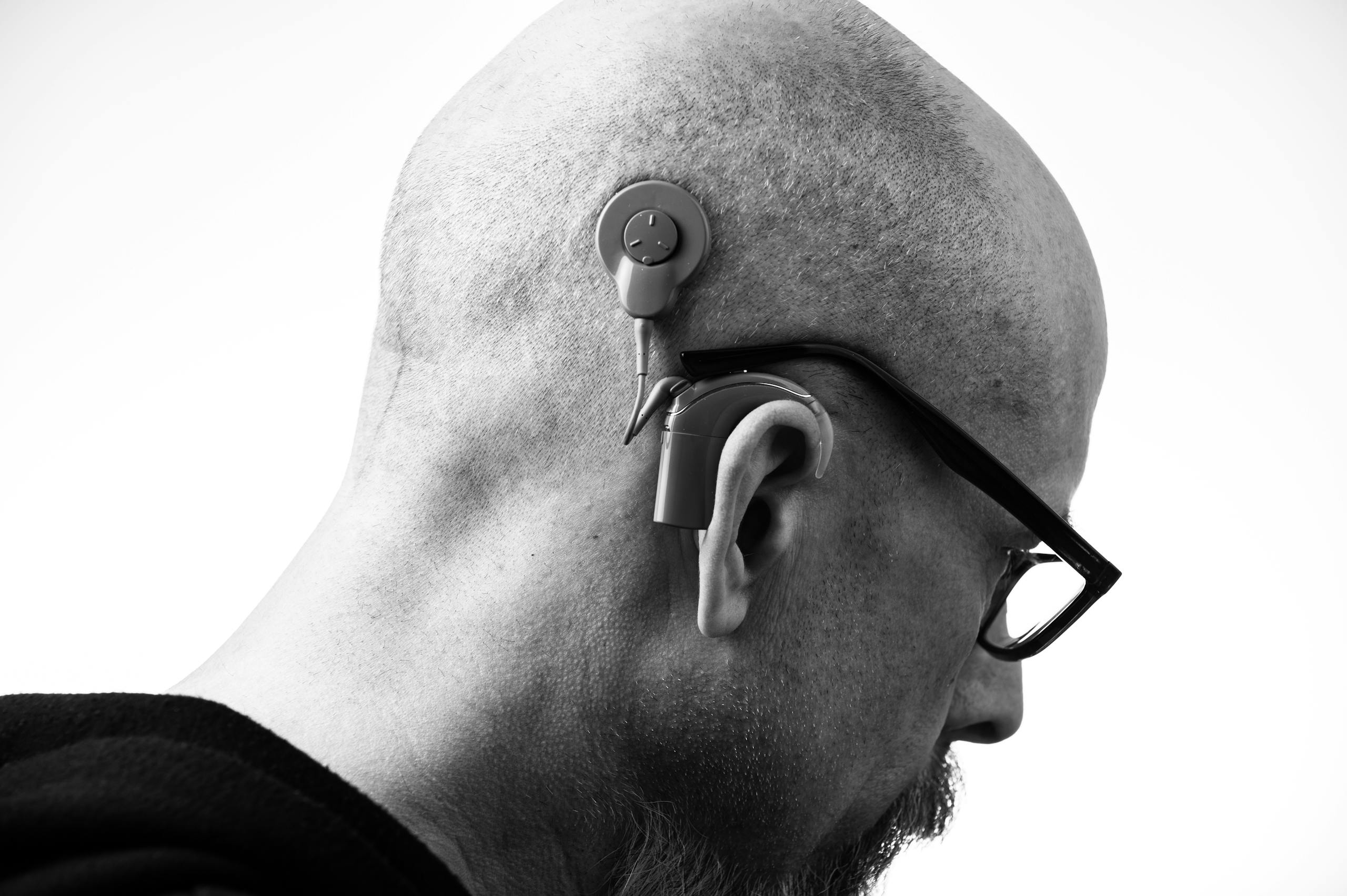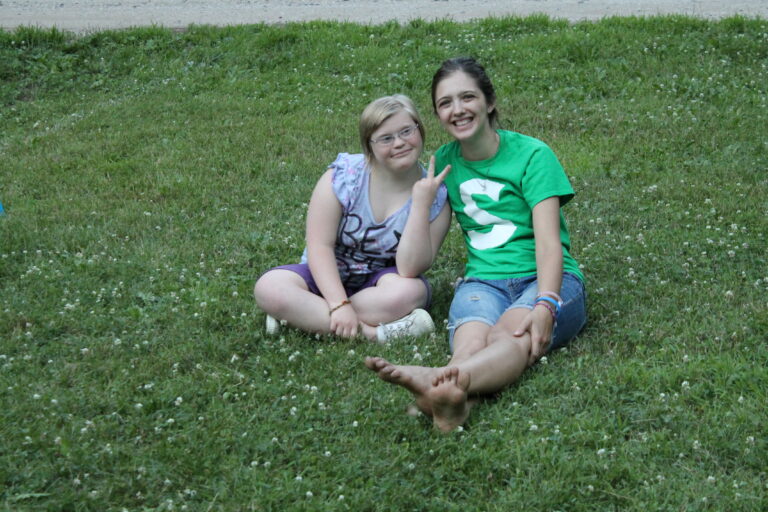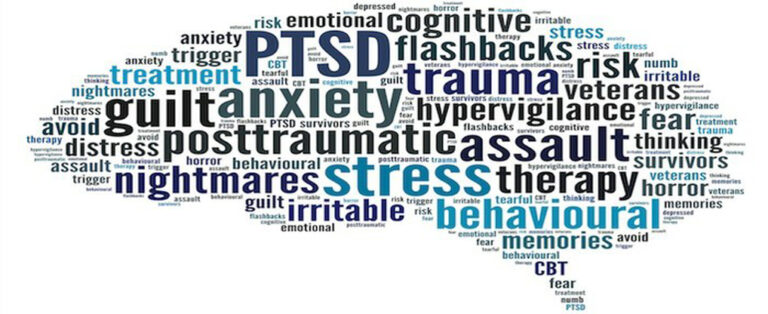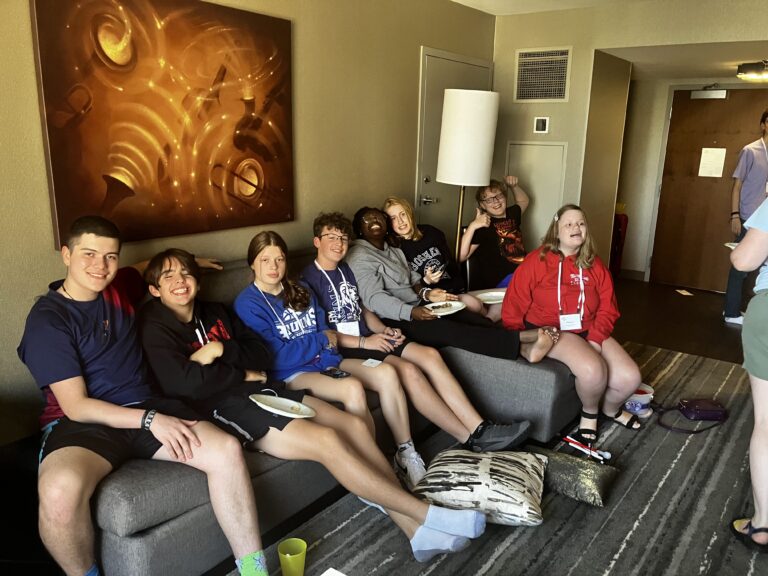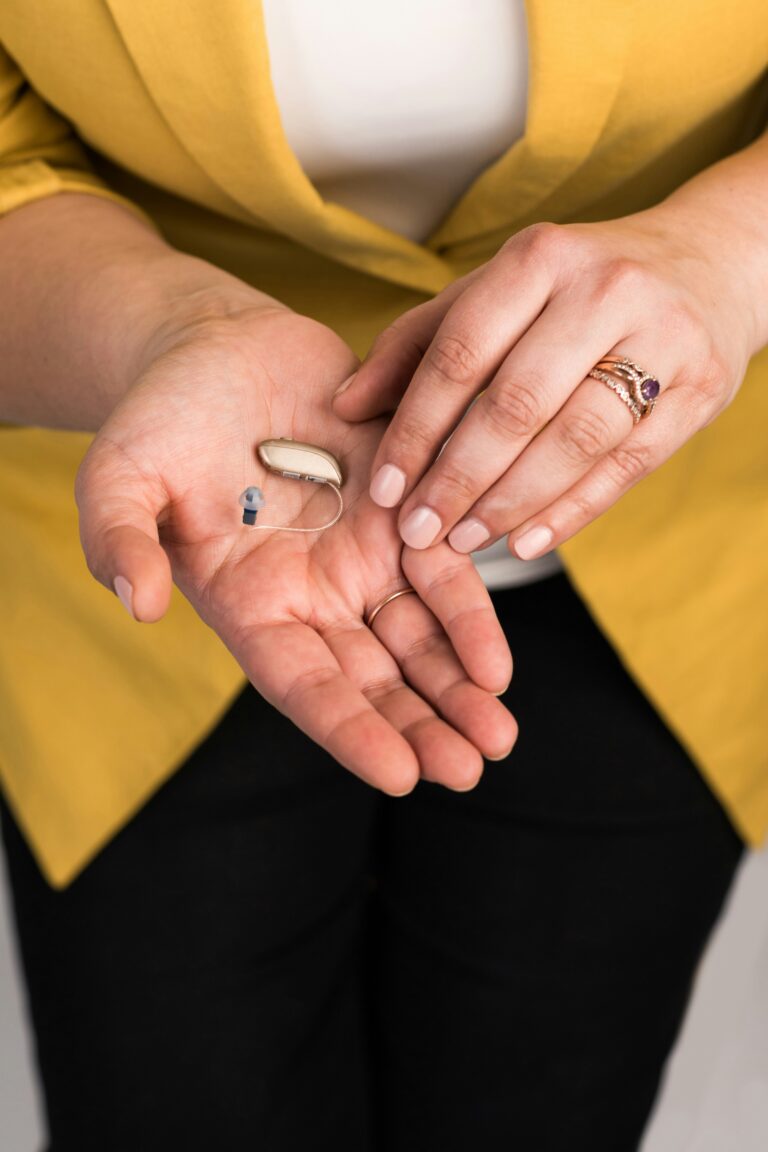An Introduction to Hearing Loss and Deafness
Hearing is a complex sense. Sound vibrations travel through the air, into the outer ear, and set the eardrum vibrating. The eardrum vibrates a set of small bones in the middle ear, which transfer the sound waves to a small spiral in the inner ear, the cochlea, which is filled with fluid and lined with hair-like projections (stereocilia), which are sensitive to different sound wavelengths. Here, the physical sound waves are turned into electrochemical signals that travel through nerves to be interpreted by the brain.
Hearing can be damaged anywhere along the way: Eardrums can be blocked or ruptured; the middle ear bones can be missing or deformed; there can be damage in the inner ear caused by things like too much noise, heat (fever), or pressure; or there can be nerve or brain damage. A hearing test identifies what sounds can be heard at what volume for each individual person. For example, my hearing loss is generally mild for low tones, but moderate in the mid-range where most speech sounds are, and severe in the high tones. For those who rely on hearing, it is a sense that facilitates connection by way of language, music, and many alerts and signals. Hearing loss can be a profoundly isolating experience.
Hearing loss cannot be corrected. However, hearing aids can help with function when a person has some hearing by amplifying sounds based on that person’s specific hearing and their situational needs. Cochlear implants electronically and imperfectly reproduce sound, bypassing the cochlea, which can be useful to some people who cannot hear otherwise.
Deafness as a general term refers to hearing loss where amplified speech sounds still cannot be heard. But capital-D Deaf has also come to mean a culture of those who use sign language to communicate with each other and developed in the United States in the past two centuries along with the close connections people made at schools for deaf people. There are many different kinds of sign language around the world, and many Deaf communities where people find a strong sense of identity and belonging. American Sign Language (ASL) is a full and nuanced language, using a grammar of hand and body shapes and positions, instead of voice, along with facial expressions, to convey precise meanings. There are also people who sign as an assist to oral language, but this is a simplified use of signing within the mainstream culture.
With the Americans with Disabilities Act, public accommodations for people with hearing loss has improved over the past few decades. At events and in schools, people who speak ASL may request an interpreter; others may use captioning, written text that can be provided along with spoken words. In churches with a sound system, it can make a huge difference to make assistive listening devices available; these can be used with headphones and may help people with mild hearing loss or can be used with a neckloop if the person has hearings aids with telecoils.
To learn more about Deafness and hearing loss, two major organizations in the U.S. are the National Association of the Deaf and the Hearing Loss Association of America. Both organizations help connect people with others who are Deaf and/or hard of hearing and provide resources and information relevant to hearing loss.

Rachel Joy is the congregational administrator at Portland Mennonite Church in Oregon. She has lived most of her life with a moderate-to-severe hearing loss and grew up mainstreamed in a mostly hearing environment.


